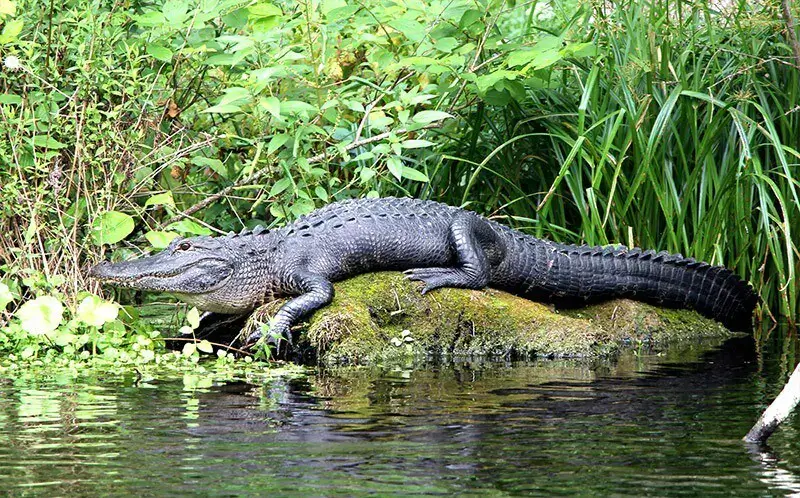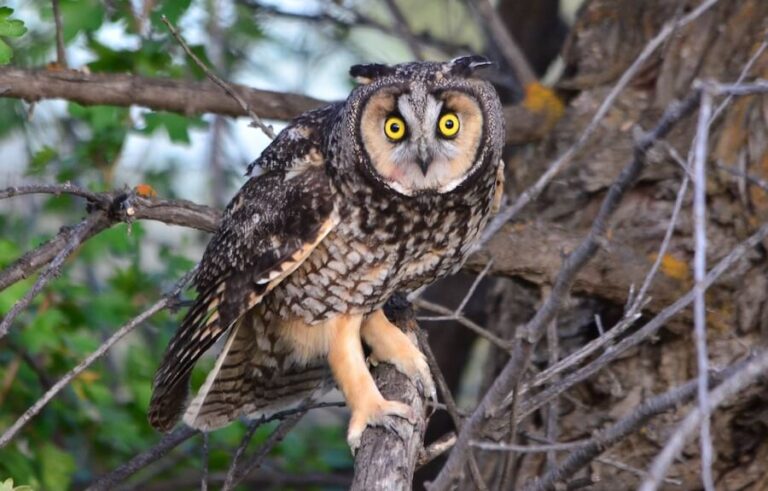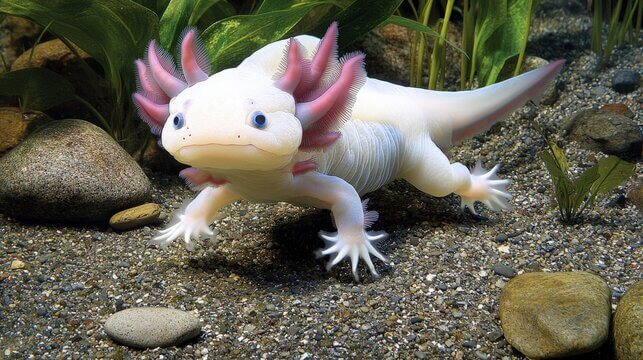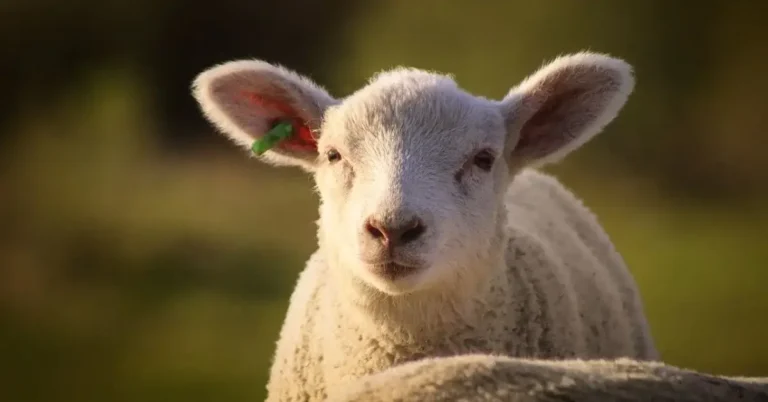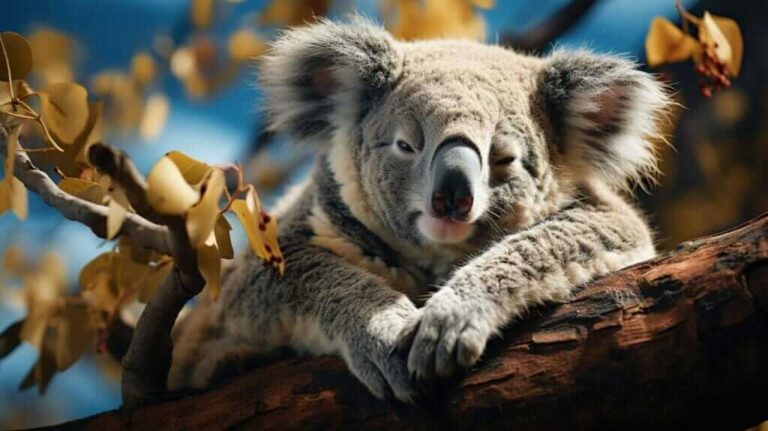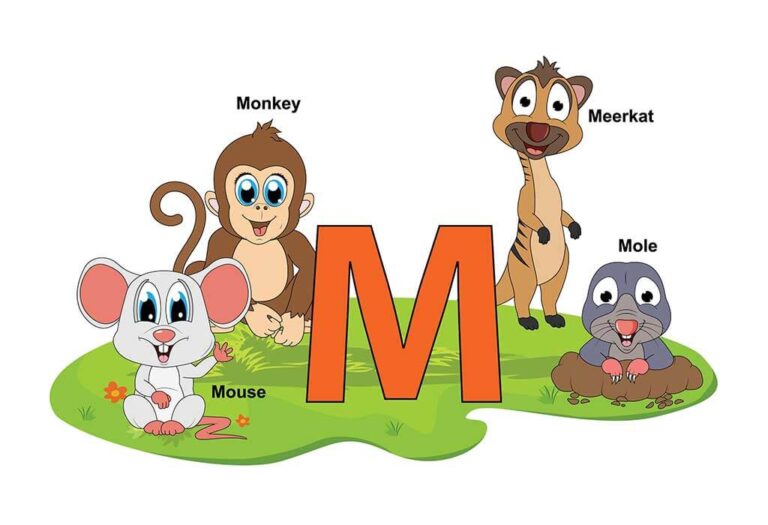Alligator Facts: Classification, Habitat, Behavior & More
Alligators are fascinating reptiles that have captured human interest for centuries. Known for their powerful jaws, armored bodies, and prehistoric appearance, alligators play a crucial role in their ecosystems. This comprehensive guide will explore the Alligator’s scientific classification, physical characteristics, habitat, behavior, diet, reproduction, predators, conservation status, evolutionary history, interesting facts, and their relationship with humans.
Contents
Scientific Classification
- Kingdom: Animalia
- Phylum: Chordata
- Class: Reptilia
- Order: Crocodylia
- Family: Alligatoridae
- Genus: Alligator
- Species:
- Alligator mississippiensis (American Alligator)
- Alligator sinensis (Chinese Alligator)
Alligators belong to the family Alligatoridae, which also includes caimans. There are two extant species of alligators: the American Alligator (Alligator mississippiensis) and the Chinese Alligator (Alligator sinensis). Both species differ in size, habitat, and physical characteristics.
Physical Characteristics

Alligators are giant reptiles with powerful tails, tough skin, and strong jaws. Here are some key physical characteristics:
- Size: American alligators can grow up to 13-15 feet (4-4.5 meters) and weigh up to 1,000 pounds (450 kg). Chinese alligators are more minor, typically reaching about 5-7 feet (1.5-2 meters) and weighing up to 100 pounds (45 kg).
- Color: They are generally dark gray or black, with a lighter underbelly.
- Teeth and Jaws: Alligators have between 74 and 80 teeth in their mouths at any given time. Their teeth are designed for grabbing and holding prey rather than chewing.
- Skin: Their skin is covered in scales called scutes, which protect them from predators and environmental hazards.
Habitat
- American Alligator: Found in freshwater environments such as ponds, marshes, rivers, and lakes across the southeastern United States, particularly in Florida and Louisiana.
- Chinese Alligator: Native to the Yangtze River basin in China, now restricted to small areas due to habitat loss and human activity.
Both species prefer slow-moving rivers, swamps, and marshlands with abundant vegetation, which provides shelter and hunting grounds.
Behavior

Alligators are primarily nocturnal and solitary reptiles known for their territorial nature. They spend much time in the sun regulating their body temperature, as they are cold-blooded. Their behavior includes:
- Basking: To warm up their bodies.
- Burrowing: They dig “gator holes” that provide habitats for other animals.
- Vocalizations: They produce hisses, bellows, and growls to communicate, especially during mating season.
Diet
Alligators are carnivorous and opportunistic feeders, consuming a wide range of prey:
- Young Alligators: Insects, small fish, frogs, and crustaceans.
- Adult Alligators: Fish, turtles, snakes, birds, small mammals, and occasionally carrion. They use a “death roll” technique to subdue larger prey.
Their diet varies depending on the availability of food sources in their habitat.
Reproduction
Alligators have a fascinating reproductive process:
- Mating Season: Typically occurs in the spring (April to June).
- Courtship: Involves a series of bellowing, head-slapping on water, and body posturing.
- Nesting: Females build mound nests out of vegetation, mud, and debris. They lay 20-50 eggs that incubate for about 65 days.
- Temperature-Dependent Sex Determination: The temperature of the nest determines the sex of the offspring; higher temperatures tend to produce males, while lower temperatures produce females.
After hatching, the mother protects and cares for the young alligators for up to a year.
Predators and Threats
- Juvenile Alligators: Face predation from raccoons, birds, snakes, and adult alligators.
- Adult Alligators Have few natural predators but can fall victim to humans, mainly through habitat destruction and hunting.
Conservation Status
- American Alligator: Once listed as an endangered species, they have significantly recovered due to conservation efforts and regulated hunting and are now classified as “Least Concern” by the IUCN.
- Chinese Alligator: Critically endangered, with only a few hundred individuals remaining in the wild. Conservation efforts include captive breeding programs and habitat restoration.
Evolutionary History
Alligators belong to a lineage that dates back over 200 million years, surviving the mass extinction that wiped out the dinosaurs. Their evolutionary adaptations, such as their powerful jaws, armored bodies, and ability to regulate metabolism, have enabled them to thrive for millions of years.
Interesting Facts
- Alligators can run up to 11 mph (18 km/h) on land in short bursts.
- They have a highly efficient circulatory system with a four-chambered heart, allowing them to remain submerged for extended periods.
- Alligators undergo brumation, a hibernation-like state, during cold months.
- The bite force of an alligator can reach up to 2,980 psi, one of the strongest in the animal kingdom.
Relationship with Humans
- Cultural Significance: Alligators have been a part of local folklore and culture in the southeastern United States and China.
- Economic Impact: They are hunted for their skin, used in leather goods, and meat, which is considered a delicacy in some regions.
- Ecological Role: Alligators help control the population of prey species and create “gator holes,” which serve as habitats for other animals during droughts.
- Human-Alligator Conflict: As urbanization encroaches on alligator habitats, conflicts between humans and alligators have become more frequent, leading to increased efforts in education and management to reduce such incidents.
Conservation Efforts
Conservation of alligators involves habitat protection, anti-poaching measures, and public education programs. Successful conservation strategies for the American Alligator serve as models for saving other endangered crocodilian species.
Conclusion
Alligators are remarkable reptiles with a long evolutionary history and significant ecological importance. Understanding their behavior, diet, habitat, and role in the ecosystem helps us appreciate the need for their conservation and management. By maintaining a balance between human development and wildlife preservation, we can ensure the survival of these ancient creatures for future generations.
- Golden Retriever Pros and Cons: What Every Pet Parent Should Know - 15 September 2025
- Cane Corso Dog Breed: Health, Care, and Lifespan - 14 September 2025
- Catahoula Leopard Dogs: Description, Temperament, Lifespan, & Facts - 21 July 2025

